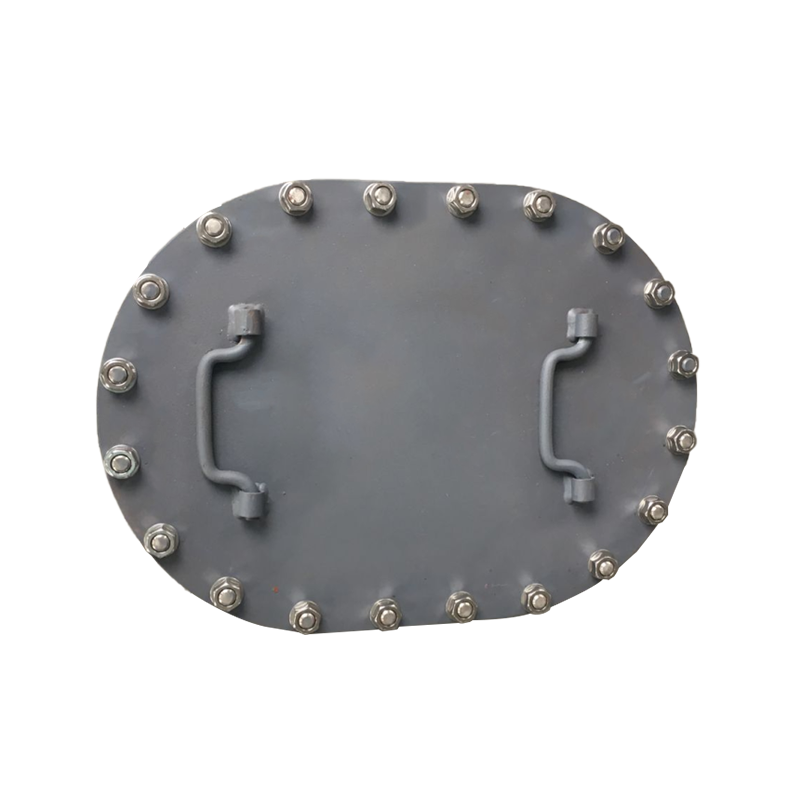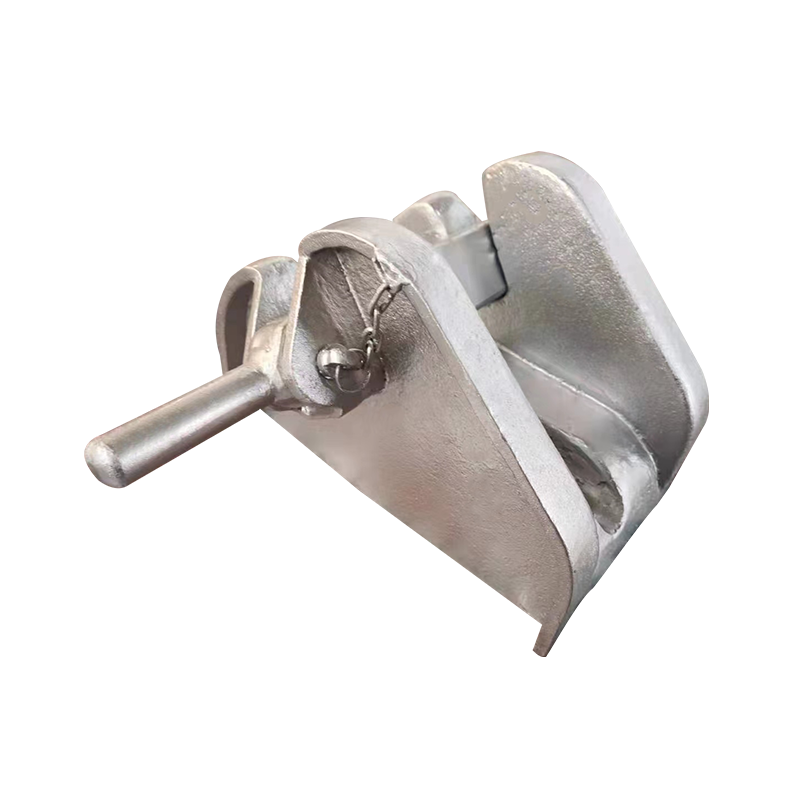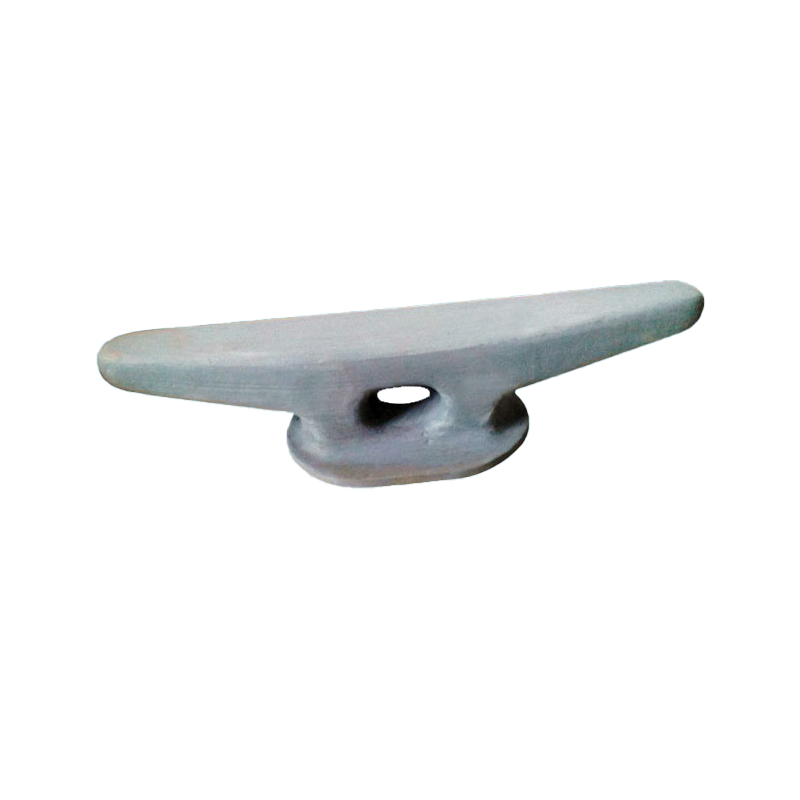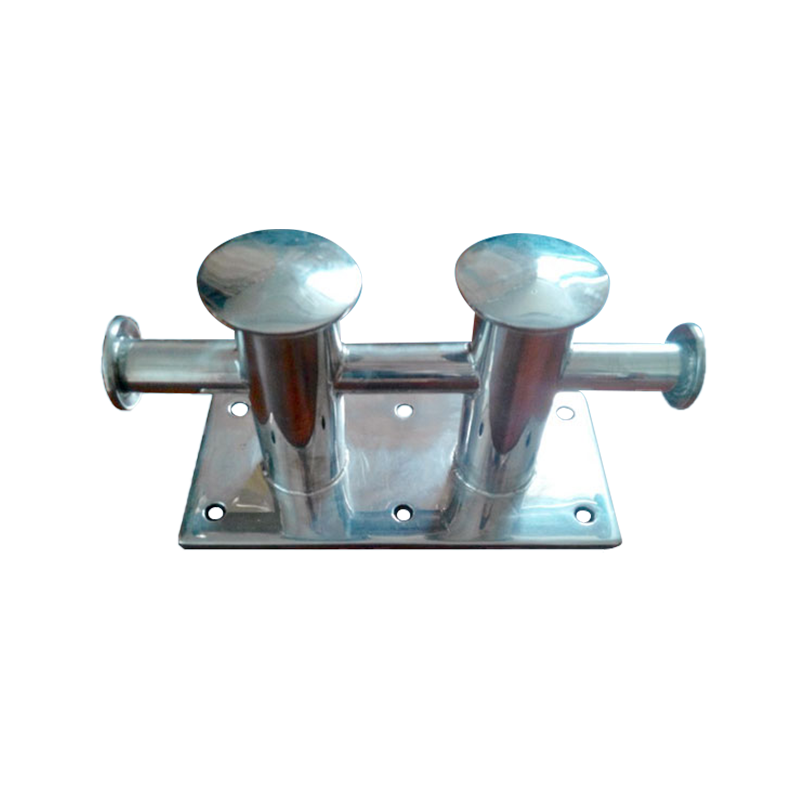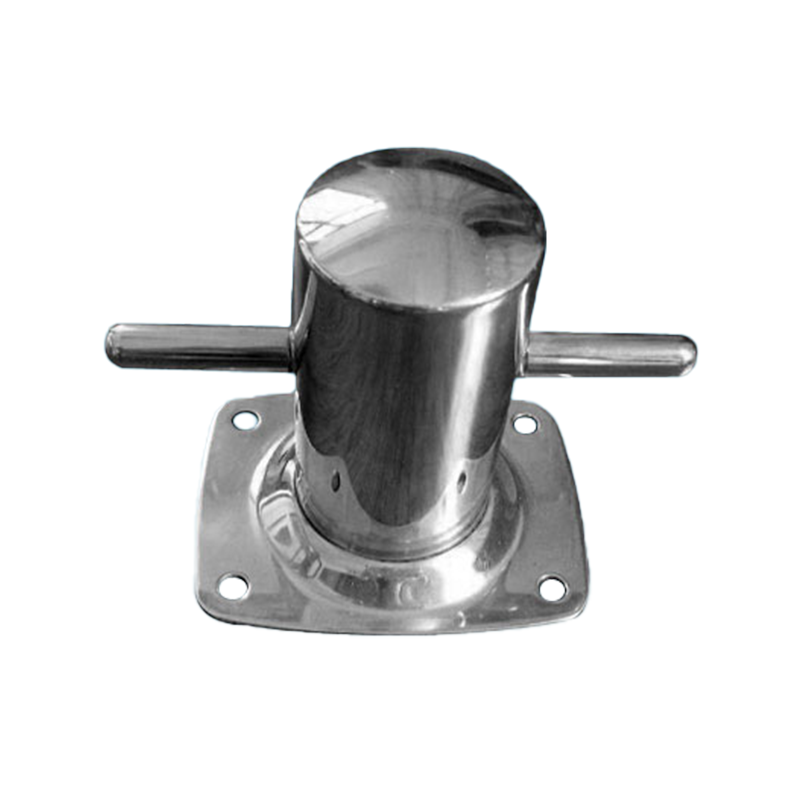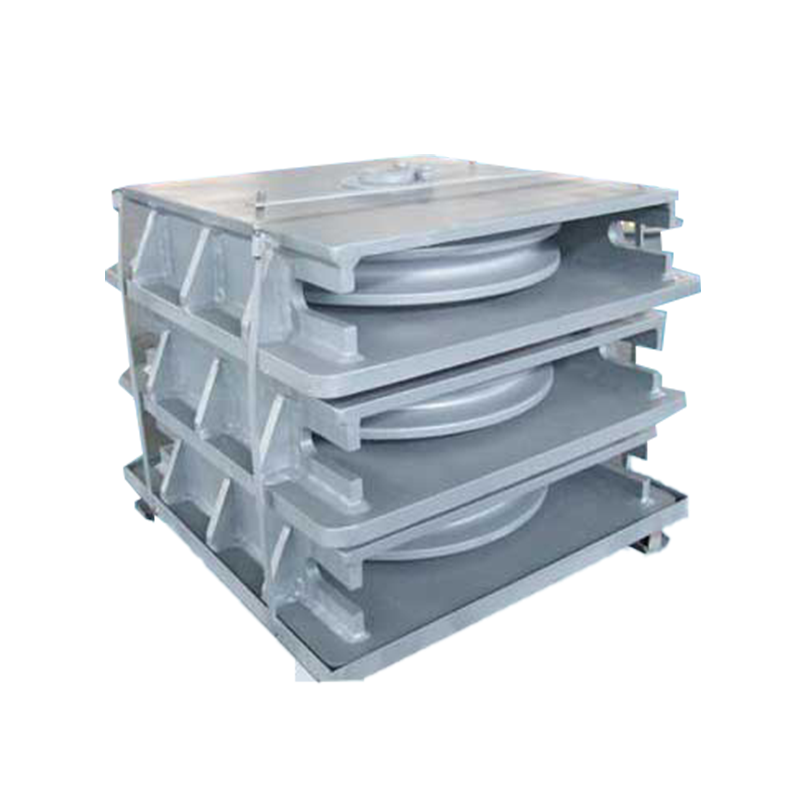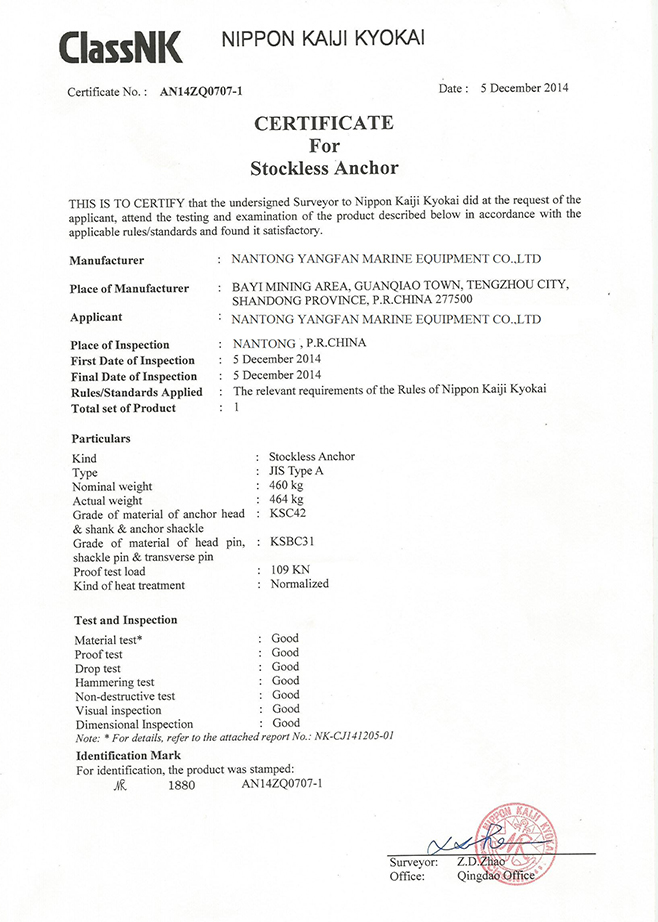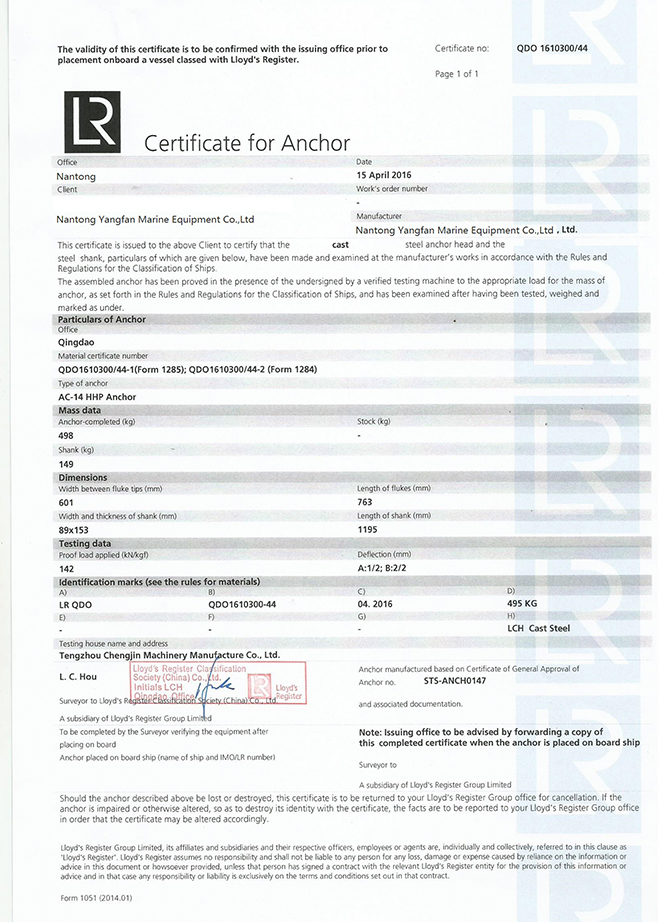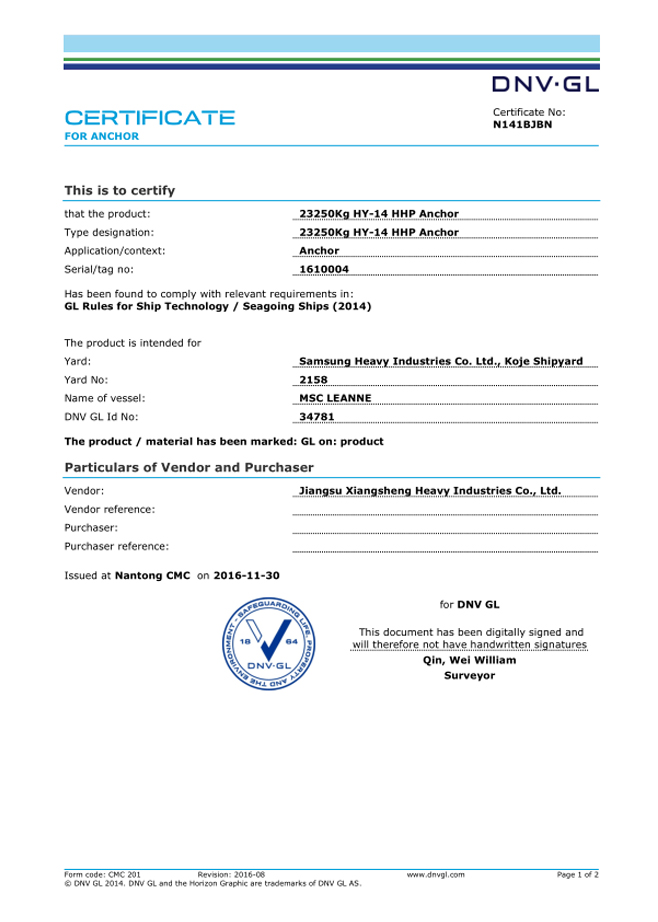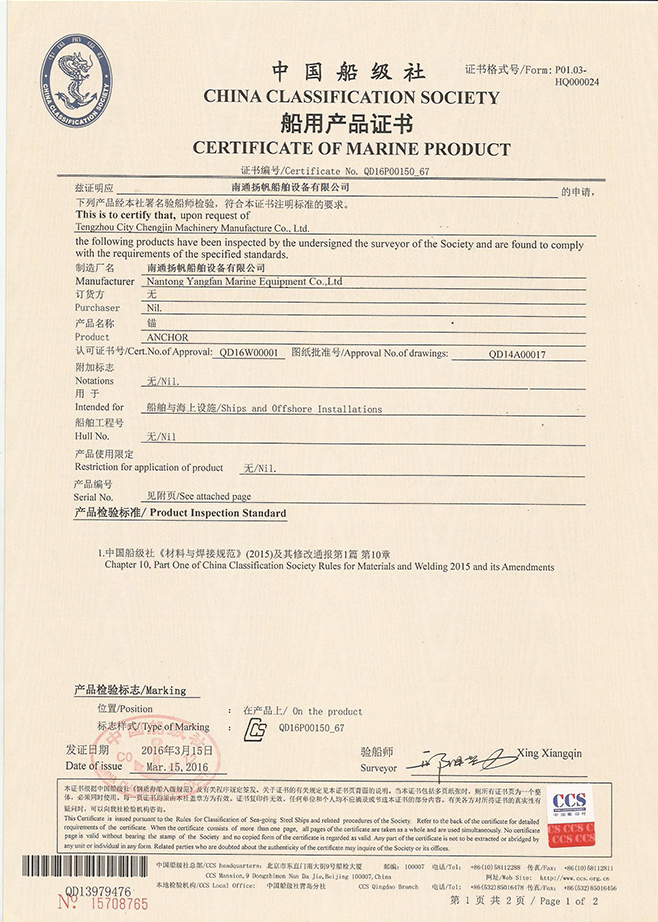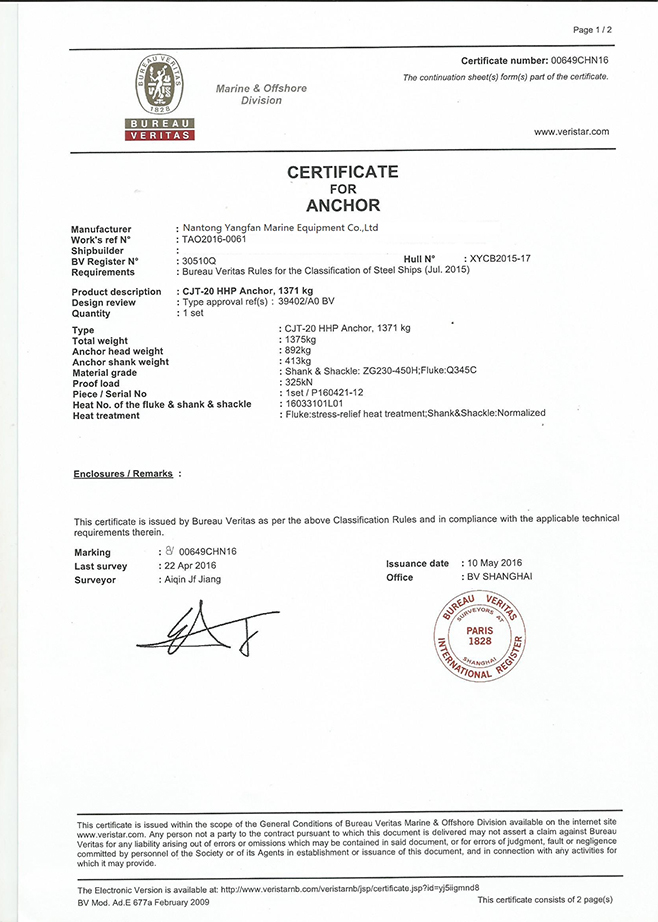What role do outfitting parts play in ship safety and comfort?
The Concept and Importance of Outfitting Parts
Outfitting parts are various types of equipment and components installed after the main structure of a ship is completed to ensure its functionality, operational safety, and living conditions for crew and passengers. These parts include deck equipment, cabin facilities, piping systems, rudder systems, mooring equipment, and life-saving devices. They not only contribute to the ship's appearance and functionality, but also directly impact its safety and passenger comfort. Throughout a ship's lifecycle, outfitting parts work in conjunction with the hull structure to ensure safe navigation in various sea conditions and provide a stable, convenient, and comfortable environment for crew members.
The Role of Outfitting Parts in Protection and Weatherproofing
During navigation, ships are subject to wave impact, wind and rain, and salt spray corrosion. Protective components within outfitting parts, such as anti-slip decks, fenders, railings, and gangways, reduce safety risks such as falls and slips, and maintain operational stability in inclement weather. Furthermore, outfitting components such as protective coatings and seals effectively slow down corrosion, ensuring the long-term reliability of the hull and equipment. The proper design and layout of these components are crucial to a ship's overall weather resistance and crew safety.
The Role of Outfitting Components in Ship Stability and Structural Safety
Certain outfitting components, such as the ballast system, compartment bulkheads, and hatch covers, affect a ship's weight distribution and center of gravity, thereby impacting stability and sinking resistance. For example, the sealing performance of hatch covers prevents seawater from entering the cargo holds, reducing the risk of flooding in adverse sea conditions. A proper outfitting layout maintains the ship's balance, prevents excessive tilt or roll, and ensures the stability of the hull structure under long-term stresses.
The Role of Outfitting Components in Firefighting and Explosion-Proofing
Ship outfitting includes firefighting piping, fire extinguishers, sprinkler systems, fire doors, explosion-proof lighting, and other critical equipment for ensuring ship safety. The material, high-temperature resistance, installation location, and operability of these firefighting outfitting components directly impact the efficiency of firefighting response. The thermal insulation and sealing properties of fire doors can limit the spread of fire, while explosion-proof equipment can reduce the risk of explosion in specific compartments (such as oil tanks and engine rooms).
The Role of Outfitting Parts in Navigation and Maneuvering Safety
Navigation outfitting parts include radar mounts, signal lights, and navigation markers. These components ensure visibility and identification in complex waters and during nighttime navigation. Maneuvering system outfitting parts, such as steering gear, steering wheels, and propulsion control devices, are directly related to the ship's maneuvering accuracy and responsiveness. The installation location, connection reliability, and maintenance status of these parts will affect the ship's safety during emergency maneuvers, such as maneuvering and berthing.
The Role of Outfitting Parts in Lifesaving and Escape
Lifesaving equipment, such as lifeboats, liferafts, lifebuoys, life jacket racks, and corresponding release mechanisms, are essential components of a ship's outfitting. These devices provide a means for crew and passengers to escape danger in an emergency. Life-saving outfitting components must be arranged for quick access, and their release mechanisms must function reliably in environments such as high humidity, low temperatures, and salt spray. Furthermore, outfitting facilities such as escape routes, ladders, and emergency lighting are also crucial for ensuring safe evacuation.
The Role of Outfitting Components in Vibration and Noise Reduction
A ship's voyage inevitably generates mechanical vibration and noise, which not only affects passenger comfort but also the lifespan of its equipment. Outfitting components such as shock absorbers, sound insulation panels, and vibration isolation mounts can reduce vibration and noise transmission within the engine room, deck, and cabins, improving the working and resting environment for crew members. Appropriate noise reduction designs can also help enhance a ship's concealment in specific operating environments, such as minimizing the disturbance of fish during fishing operations.
The Role of Outfitting Components in Ensuring Internal Comfort
Outfitting components are not only crucial to safety but also to the comfort of crew and passengers. Interior outfitting includes ventilation systems, air conditioning equipment, lighting systems, furniture, and sanitary facilities. These components provide suitable temperature and humidity, sufficient light, and convenient living conditions. When designing a ship's outfitting, ventilation openings, insulation, and moisture-proofing must be appropriately configured based on the climatic conditions of the navigation area and the ship's intended use, thereby maintaining a stable and comfortable cabin environment.
The Role of Outfitting Parts in Slip and Fall Prevention
Ship decks and cabin floors can easily cause slips when wet. Outfitting parts such as anti-skid plates, anti-skid strips, anti-skid coatings, handrails, and guardrails can effectively mitigate this risk. When the deck tilts or the ship rolls, handrails and guardrails provide support points to prevent falls. The placement of these parts should be optimized based on the ship's operational characteristics and personnel activity areas.
The Role of Outfitting Parts in Resilience to Harsh Sea Conditions
In rough seas, ice, and snow, the design and material selection of outfitting parts directly impact a ship's ability to cope. For example, icebreakers' deck outfitting uses materials resistant to low-temperature shock; distant-water fishing vessels incorporate waterproof coamings and drain holes to reduce the time seawater remains on deck. The appropriate configuration of outfitting components enables ships to maintain relatively stable operating conditions in adverse weather, reducing safety incidents.
The Role of Outfitting Components in Energy Efficiency and Environmental Protection
Some outfitting components are designed with both energy efficiency and environmental protection in mind. For example, energy-saving vents, insulated bulkheads, and low-energy lighting not only improve the ship's interior comfort but also reduce energy consumption and operating costs. Furthermore, outfitting components manufactured from environmentally friendly materials can reduce the release of harmful substances, making them more environmentally friendly to crew health and the marine environment.
The Impact of Outfitting Component Maintenance and Management on Safety and Comfort
The long-term performance of outfitting components is closely related to routine maintenance. Protective parts, anti-skid devices, navigation brackets, and lifesaving equipment require regular inspection and maintenance, with loosening, corrosion, and damage repaired promptly. Establishing maintenance files for outfitting parts can effectively track the status of equipment and ensure that they play their role at critical moments, thereby continuously ensuring the safety and comfort of the ship.
| Functional Category |
Representative Outfit Parts |
Main Functions |
| Protection and Weather Resistance |
Railings, Non-slip Decks, Fenders, Seals |
Prevent personnel falls, delay corrosion |
| Stability and Structural Safety |
Ballast Systems, Hatch Covers, Bulkheads |
Maintain balance, prevent water ingress |
| Firefighting and Explosion Prevention |
Fire Doors, Firefighting Pipelines, Explosion-proof Lights |
Limit fire spread, reduce explosion risks |
| Navigation and Control |
Signal Lights, Radar Brackets, Steering System Parts |
Improve handling accuracy and navigation safety |
| Life-saving and Escape |
Liferafts, Lifebuoys, Emergency Lighting |
Provide means of escape and evacuation routes |
| Shock Absorption and Noise Reduction |
Soundproof Panels, Shock Pads, Vibration Isolation Mounts |
Reduce noise and vibration |
| Environmental Comfort |
Ventilation Equipment, Air Conditioning Systems, Ship Furnishings |
Enhance living conditions inside cabins |





 English
English 中文简体
中文简体
